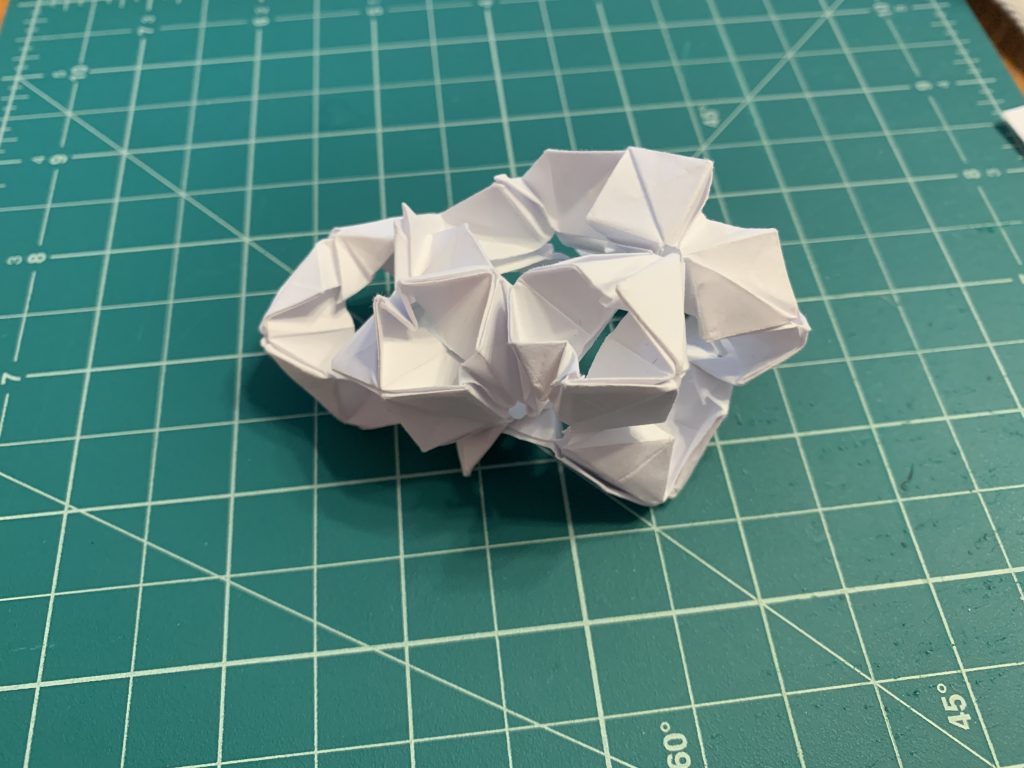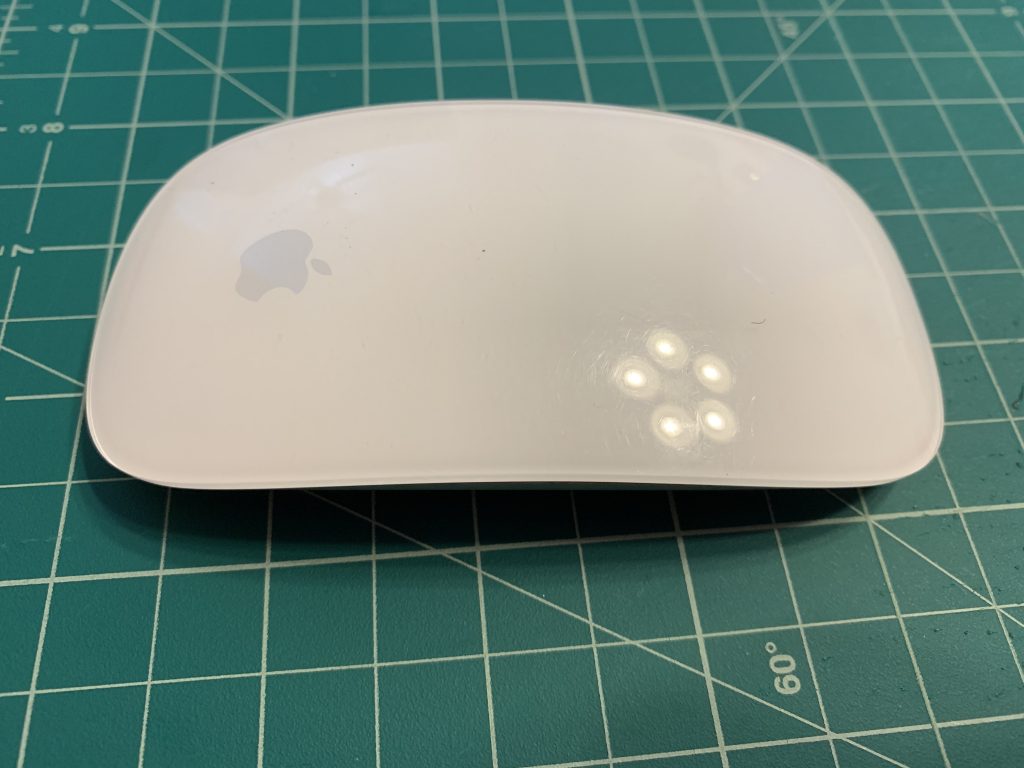Exploring methods for unwrapping and distorting the flat patterns of objects that connect to our shared imaginaries and memories.
This project will use photogrammetry and archive data as a basis for creating “reconstituted objects” via algorithmic unwrapping and craft-derived manipulation. We align this process with themes of memory and reclamation, recognizing the impossibility of perfect recall/reproduction, especially within the digital/physical flipflop. We will focus on items of our daily lives in our newly-narrowed worlds — our personal domestic surroundings.

Our goal is to use an algorithm to unroll the chosen 3D model at logical seam points. We use various hand transformation techniques to manipulate the pattern – cutting it apart and adding material (as one would do for certain techniques in garment patterning), or collage other 3D patterns onto it. See example precedent of this below. The output of this project will be some fabric or paper artifacts with a range of transformations applied to them.
Conceptual Notes
- Memory — hints of an object, not photographically perfect
- Objects, impossibility of re-capture
- Encoding actions over time — objects identifying past actions
- Reclamations (hermit crabs, internet detritus)
- Annotations, recollections
Initial Explorations
For our initial exploration each group member explored the concept of memory with the tools of flat patterning, paper, and fabric.
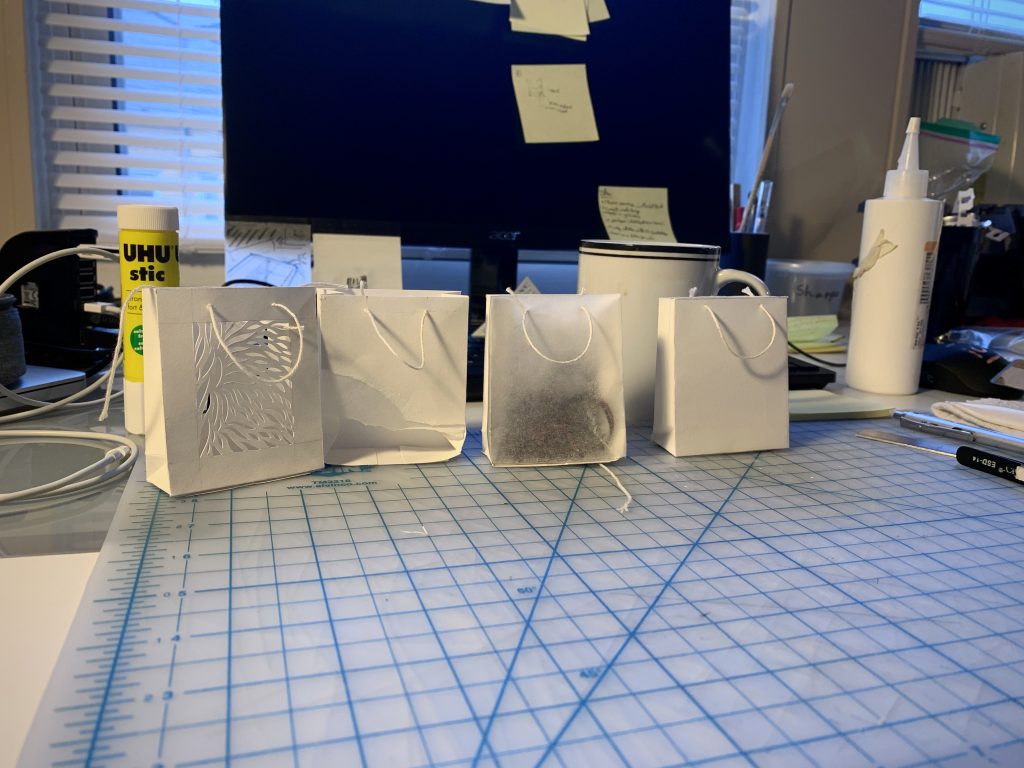
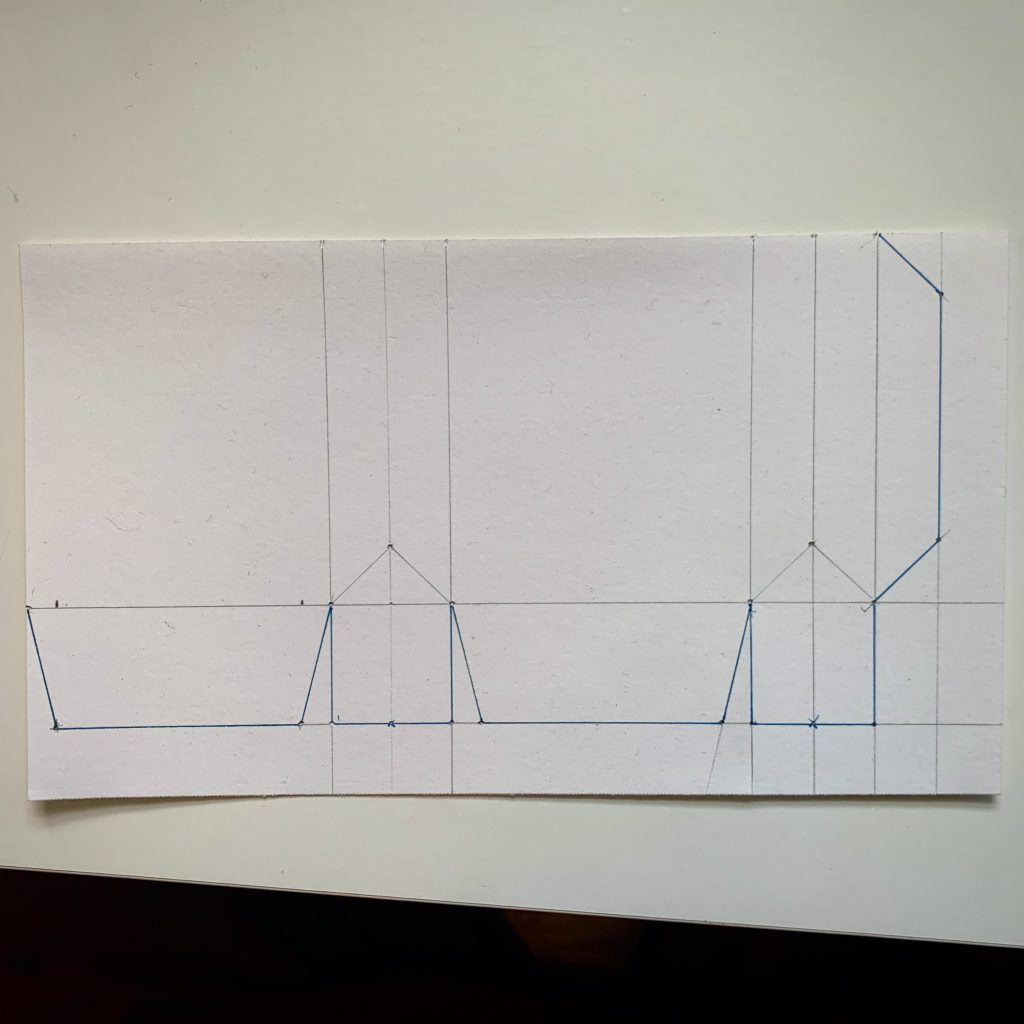
The goal of this project was to create a sort of three dimensional pixel and use it to recreate objects as memories. This project plays with the idea of memory distorting objects, and the representation of that through modular origami.

“Pattern Magic” approach to flat patterning by Tomoko Nakamichi 
“Muybridge 2.0” by HOID, showing digital unwrapping as a basis for flat patterning 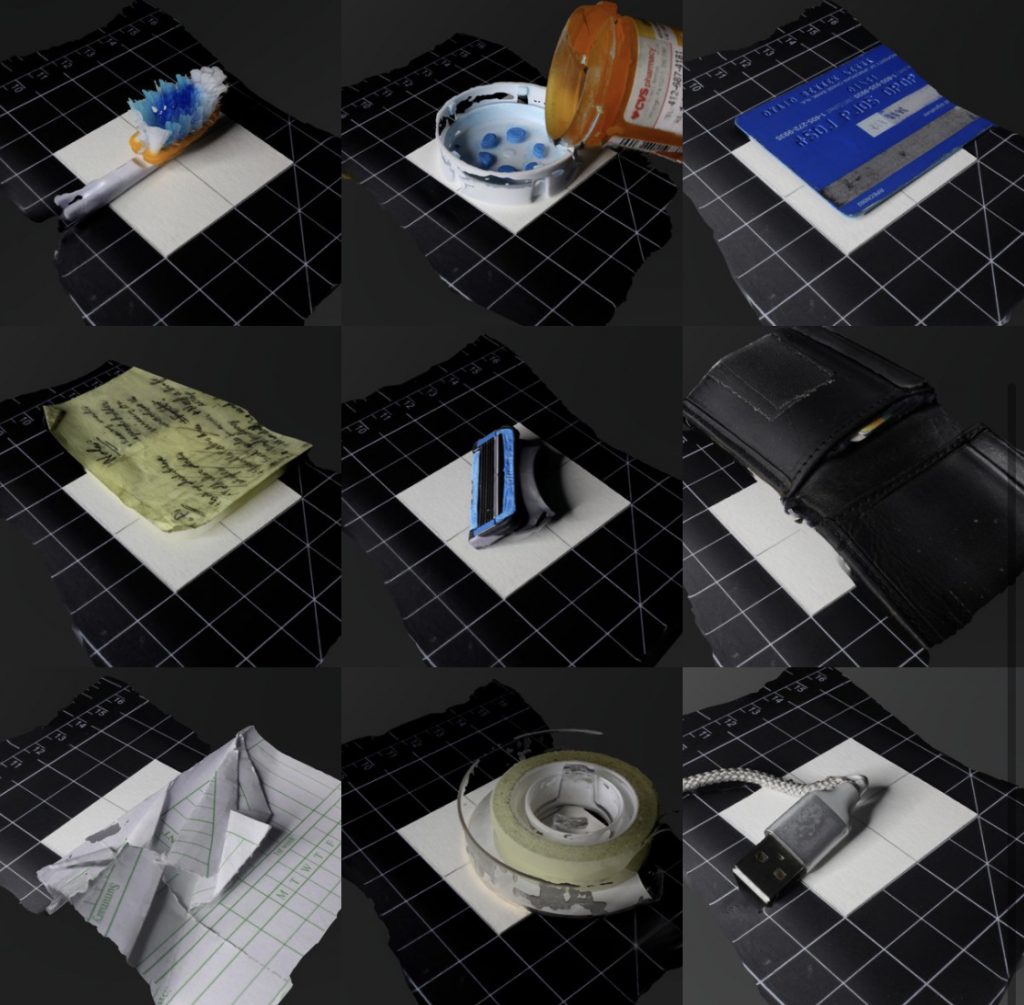
Photogrammetry of David’s domestic items
Technical Process
On a technical level, the “unwrapping” pipeline is already somewhat complex. We are using the research code from Stein, Grinspun, and Crane’s “Developability of Triangle Meshes” (SIGGRAPH 2018) to form the basis of the first stage of unwrapping. However, that work relies on preprocessing (using the authors’ existing tool) which introduces some distortions of its own — here is a model which began as a cube:
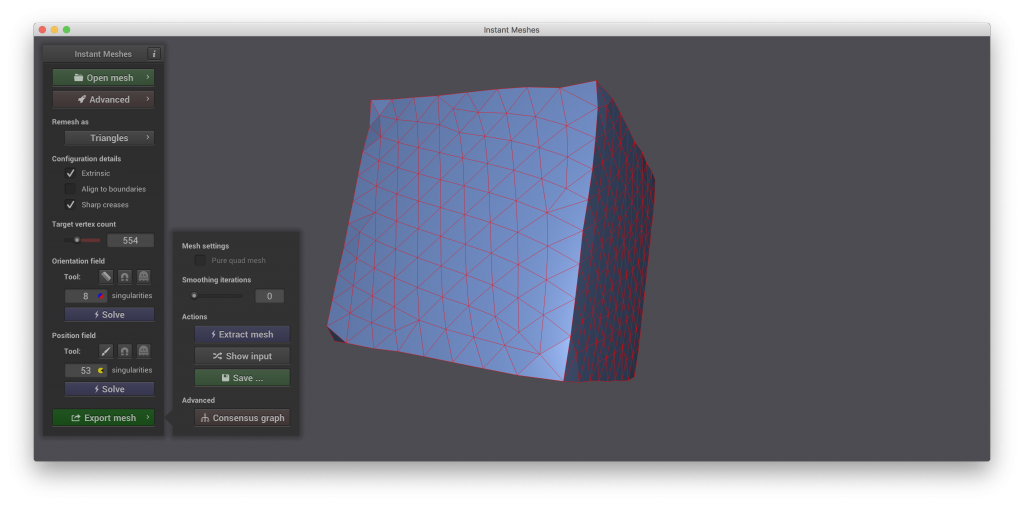
And the unwrapping is output as an OBJ file, which must undergo further processing to become a set of edges. Here are results from rendering the OBJ through Blender’s “Freestyle” svg rendered (colored in Illustrator for readability):
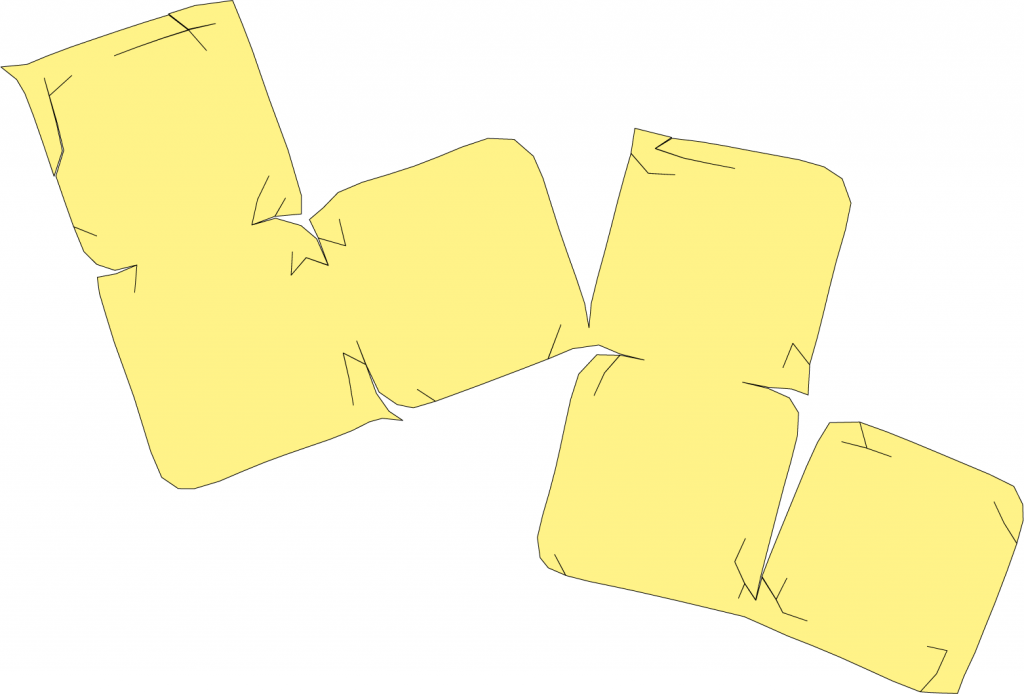
We will explore computational approaches to further manipulating this data, e.g. in Rhino or Processing, in line with inspirations from sewn flat patterning technique and modular origami.
Process Plan
Our plan is to recreate objects in a distorted way that simulates how our memory stores versions of these objects. It starts by scanning three dimensional objects, and deconstructing them into different components or “pixels”. These “pixels” will then undergo a computational or physical distortion before being put back together into a new version of the original object.
Ways of putting these objects together may include the separation of the structure of the object (the skeleton) from its texture or feel (skin). This separation dictates the way that the distorted version of it will be re-constructed.
As output, we expect to re-phsyicalize the data in a variety of media in line with our own tool and material access. For this part of the process, we will work in parallel.
Available Resources
Collectively, we have the following resources:
Machines: Macs, windows computers, Cannon DSLR camera, Nikon camera, sewing machines, scanners, 3D printer, projector
Materials: Paper, fabric
Coding knowledge/ programs: Adobe Suite, Java, Python, Grasshopper
Other resources: Arduinos, motors, sensors, Kinect, PrimeSense sensor
